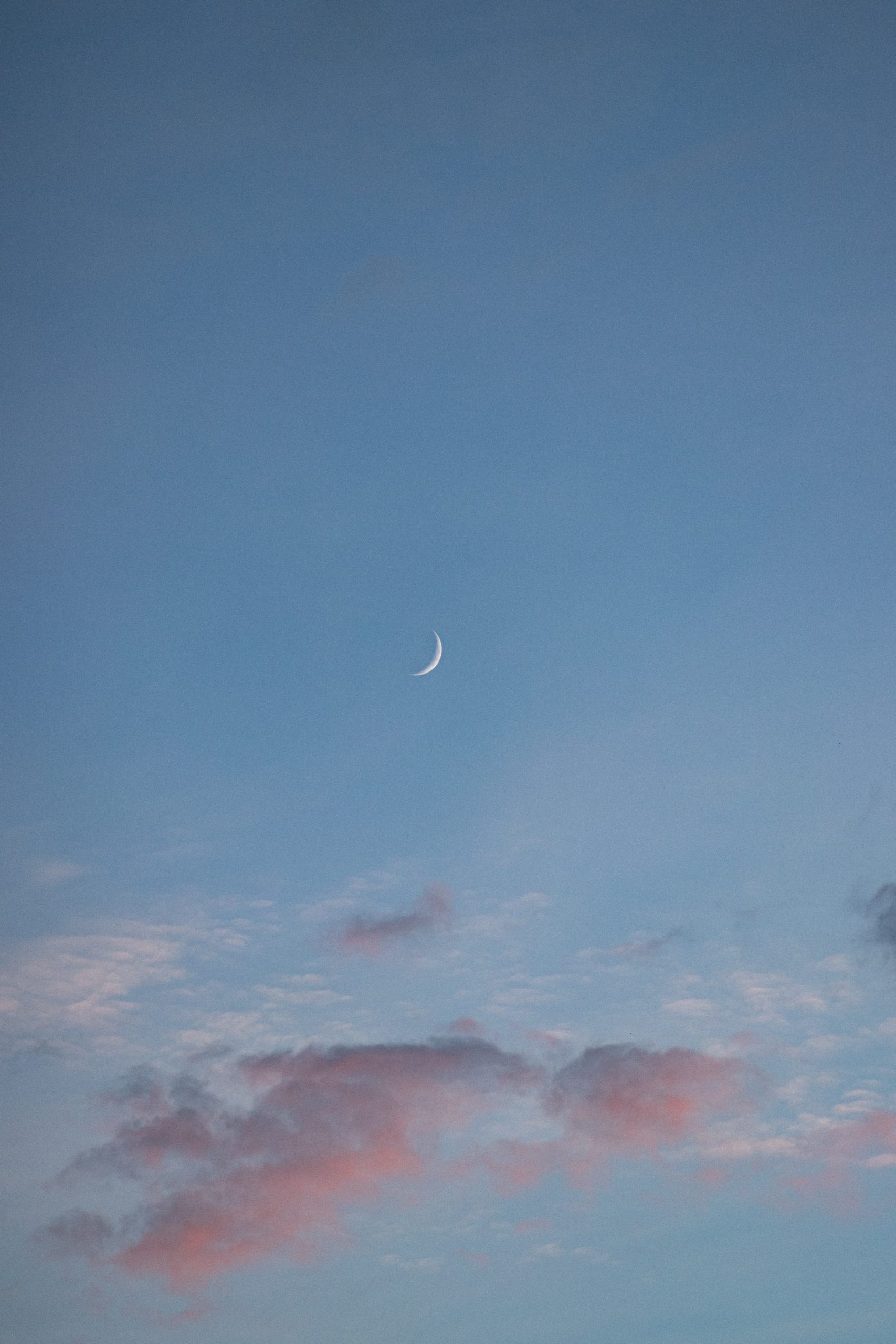Celtic Litha Traditions: Embracing the Summer Solstice
The summer solstice, also known as Litha, marks the midpoint of the year and the longest day of sunlight in the northern hemisphere. For centuries, the Celtic people have celebrated this powerful celestial event with rituals and traditions that honor the abundance of nature and the vibrant energy of the sun. In this blog post, we will delve into the fascinating world of Celtic Litha traditions, exploring their origins, significance, and how they continue to be practiced today.
1. Origins of Celtic Litha
The origins of Celtic Litha can be traced back to the ancient Celtic peoples who inhabited vast areas of Europe around 2,500 years ago. These peoples, who revered nature and held a deep connection to the cycles of the earth, celebrated the changing seasons, including the summer solstice.
The Celts believed that during Litha, the veil between the mortal world and the realm of the fairies and spirits was thin, allowing for interactions and mystical experiences. They saw this as a time of great power and magic, when the earth was at its most bountiful and the sun reached its highest point in the sky.
2. Significance of Litha
Litha holds great significance in Celtic culture, symbolizing the triumph of light over darkness, growth over decay, and life over death. It is a time to celebrate the abundance of nature, embracing the energy of the sun and the fertility of the earth. The solstice marks a turning point in the seasons, heralding the arrival of summer and the promise of a bountiful harvest.
Furthermore, Litha represents a time of heightened spirituality and connection with the natural world. The Celts believed that the sun was a manifestation of the divine, and during this time, they would offer prayers and rituals to honor the sun god, Lugh, and other deities associated with the sun and fertility.
3. Traditional Litha Rituals and Practices
Celtic Litha traditions encompass a wide range of rituals and practices, each with its own unique significance. Here are some of the most common customs observed during this joyous celebration:
3.1 Bonfires
Bonfires are a central element of Litha celebrations. These fires, often lit on hilltops or sacred sites, represent the power of the sun and serve as a source of purification and protection. People would gather around the fires, singing songs, dancing, and participating in communal rituals to honor the sun’s energy and offer gratitude for the earth’s abundance.
3.2 Flower Crowns and Garland
Flowers play a vital role in Litha traditions, symbolizing growth, beauty, and fertility. It is common for people to create floral crowns or garlands using vibrant summer flowers, such as daisies, roses, and sunflowers. Wearing these floral adornments during Litha rituals and festivities is believed to bring good fortune and blessings.
3.3 Oak and Holly King Battle
The battle between the Oak King and the Holly King is a prominent theme in Celtic mythology and is often reenacted during Litha celebrations. The Oak King, representing the waxing year and the summer solstice, fights against the Holly King, who represents the waning year and the winter solstice. This symbolic battle represents the eternal cycle of life and the changing of seasons.
3.4 Sunrise and Sunset Ceremonies
Witnessing the sunrise and sunset during Litha is considered a sacred act that brings forth blessings and spiritual enlightenment. Many Celtic communities gather at significant sites to welcome the rising or setting sun and engage in meditative practices, prayers, and invocations to honor the power of the sun and its life-giving energies. These ceremonies foster a deep connection with nature and serve as a way to express gratitude for the beauty and abundance of the natural world.
3.5 Feasting and Harvest Blessings
Litha is a time of plentiful harvest and abundance, making feasting an integral part of the celebrations. Friends and family come together to share an elaborate meal, feasting on seasonal produce, freshly baked bread, and other traditional foods. It is common to bless the food and offer thanks for the bountiful harvest, recognizing the interconnectedness of humans and nature in the cycle of life.
4. Modern Celebrations of Celtic Litha
Although many ancient Celtic traditions were suppressed or altered with the spread of Christianity, the spirit of Litha and its significance still resonate with people today. Modern Pagans, Wiccans, and those interested in Celtic spirituality continue to celebrate and adapt these traditions to fit their own practices and beliefs.
In contemporary celebrations of Celtic Litha, you may find individuals and groups performing rituals, creating altars adorned with symbols of the sun and fertility, and engaging in activities that honor the changing of the seasons. Some modern-day Litha celebrations also incorporate elements from other cultural traditions, reflecting the diverse influences that shape our modern spiritual practices.
5. Celebrating Litha: Personal Reflections
As we embrace the energy of Litha and the profound symbolism it holds, it is essential to take a moment for personal reflection. This can be a time of setting intentions for the second half of the year, expressing gratitude for the blessings in our lives, and attuning ourselves to the natural rhythms of the earth.
During Litha, take the opportunity to connect with nature by spending time outdoors, observing the vibrant colors, and feeling the warmth of the sun. Engage in activities that nurture your spiritual well-being, such as meditation, journaling, and creating art inspired by the beauty of the season.
Remember, Litha is a time for joy, celebration, and embracing the fullness of life. By honoring the ancient Celtic traditions and infusing them with our unique expressions of spirituality, we can cultivate a deep sense of unity with nature and tap into the transformative powers of this sacred time.
References:
- Ancient Origins – Celtic Summer Solstice Traditions
- Learn Religions – Celebrating the Summer Solstice
- Mythologian – Celtic Summer Solstice Celebrations and Tactics
Table of Contents
